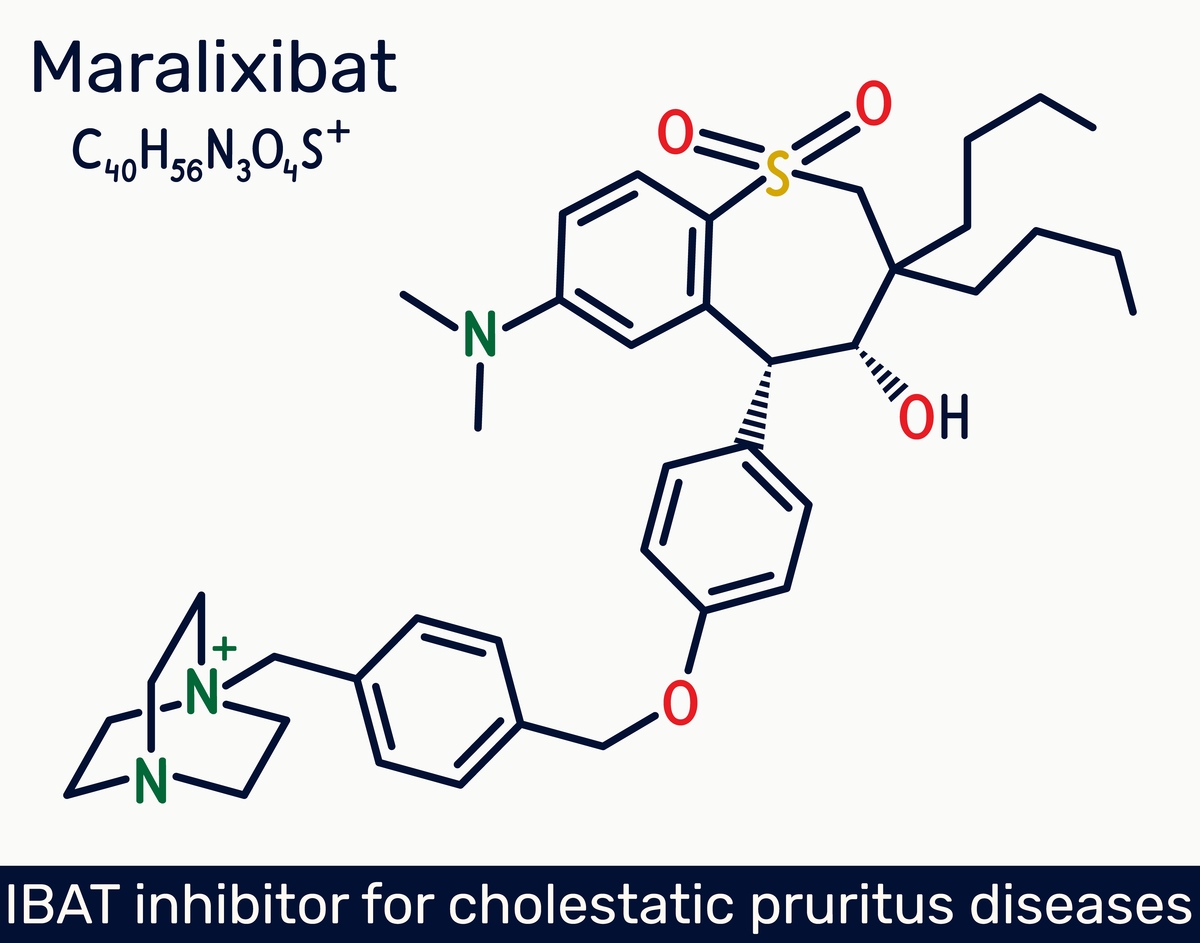Denosumab: A Superior Treatment for Osteoporosis - Study Findings
A recent study revealed that different interventions for osteoporosis exhibit varying levels of effectiveness over different time periods. Bisphosphonates, such as alendronate, clodronate, and zoledronate, showed promising effects in preventing bone loss. However, alendronate's effectiveness diminished over time, possibly due to increased tolerance or a balance in bone remodeling. Bisphosphonates work by inhibiting bone resorption, but as time progresses, the process of bone remodeling may return to normal, resulting in diminishing therapeutic effects.
Clodronate demonstrated a higher absorption rate compared to alendronate sodium. Research suggests that clodronate may be more effective for long-term treatment, as its effectiveness at 12 months surpassed that at 6 months. Zoledronate, a bisphosphonate with a longer-lasting effect, consistently produced positive results for most of the duration. This may be attributed to zoledronate's inhibition of a key enzyme called farnesyl pyrophosphate synthase (FPPS), which plays a role in bone resorption, thus providing continuous protection for bone tissue.
Denosumab emerged as a more favorable option. It's a monoclonal antibody that targets a crucial regulator of bone resorption known as the receptor activator of nuclear factor-kB ligand (RANKL). Prolonged use of denosumab has been shown to increase bone density for up to 10 years, with a low incidence of adverse events. Moreover, transitioning from long-term oral bisphosphonate therapy to denosumab has been associated with greater improvements in postmenopausal osteoporosis patients. Therefore, the study highly encourages the utilization of denosumab.
Teriparatide stimulates bone formation and prevents bone loss by acting on a specific receptor called PTH receptor 1. It may be more effective than alendronate in enhancing bone density in the lumbar spine of postmenopausal osteoporosis patients. However, due to its higher cost, teriparatide is less recommended compared to denosumab. Raloxifene, a medication that mimics the effects of estrogen on bones, can reduce bone loss and increase bone density in postmenopausal women. While raloxifene is commonly utilized, denosumab exhibits wider applicability and superiority in reducing the risk of death and ischemic stroke in women with osteoporosis.
Previous studies have demonstrated that both denosumab and zoledronate significantly reduce bone density loss around artificial hip joints after hip replacement surgery, particularly in the upper part of the thigh bone, while also improving hip joint function. Another study ranked different anti-osteoporotic drugs based on their effectiveness in improving bone density in the hip among postmenopausal women, with denosumab emerging as the most effective, followed by zoledronate and teriparatide. Denosumab is considered the optimal choice for enhancing bone density in the hip. The research conducted in this study fills the gap in data on denosumab at the 6-month mark and confirms its superior effectiveness, which strengthens the study.
In summary, the study revealed that different interventions display varying levels of effectiveness over different time periods. While bisphosphonates showed promise in preventing bone loss, their effectiveness may decline over time. Clodronate and zoledronate may exhibit greater efficacy for long-term treatment, but denosumab is recommended as the most favorable option due to its sustained effectiveness and low incidence of adverse events. Teriparatide and raloxifene also showcased interesting effects, but denosumab is considered superior. Previous studies have shown the effectiveness of denosumab and zoledronate in reducing bone density loss around artificial hip joints after hip replacement surgery and improving hip joint function. Overall, denosumab is deemed the optimal choice for enhancing bone density in the hip.

原文地址: https://www.cveoy.top/t/topic/qB4 著作权归作者所有。请勿转载和采集!